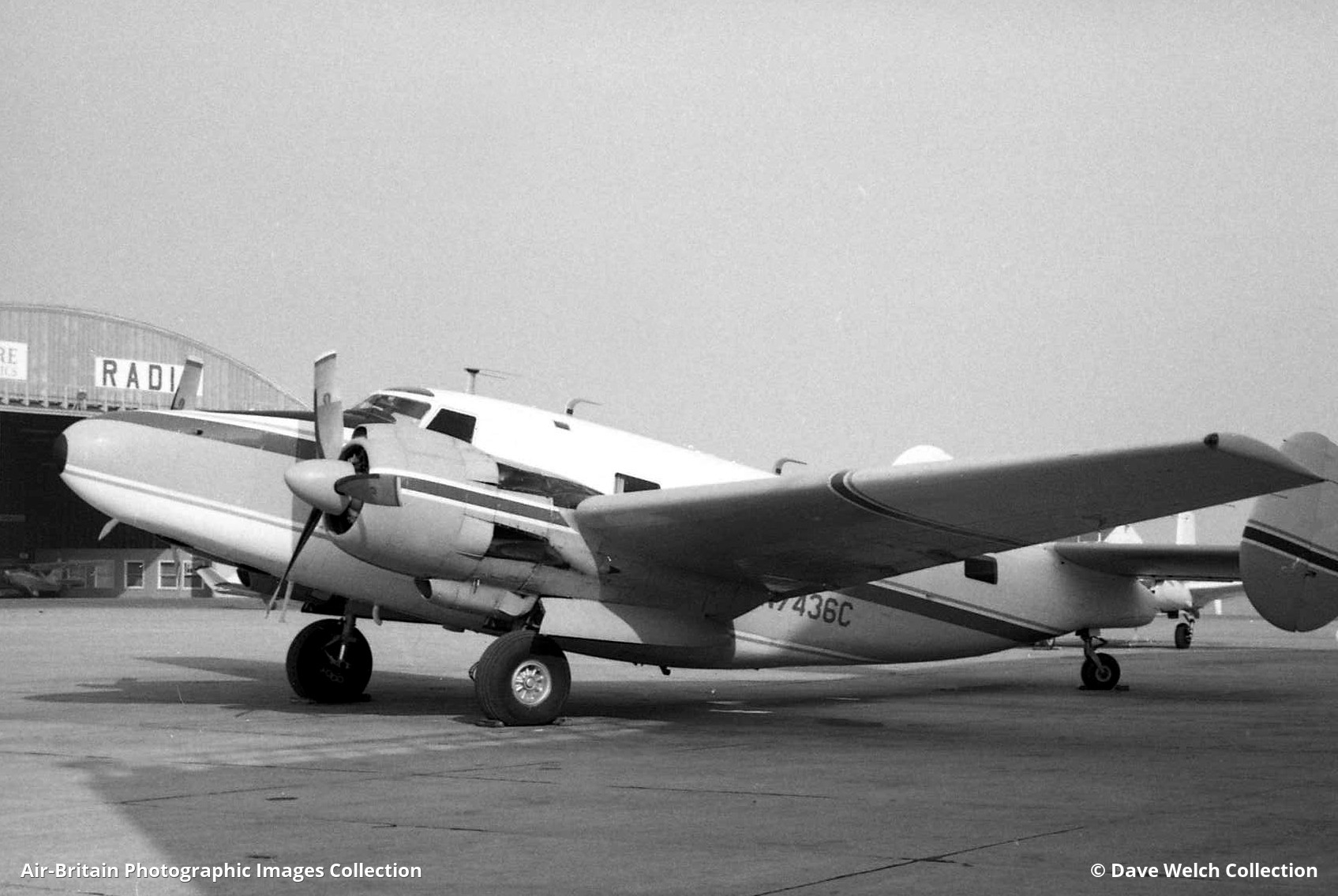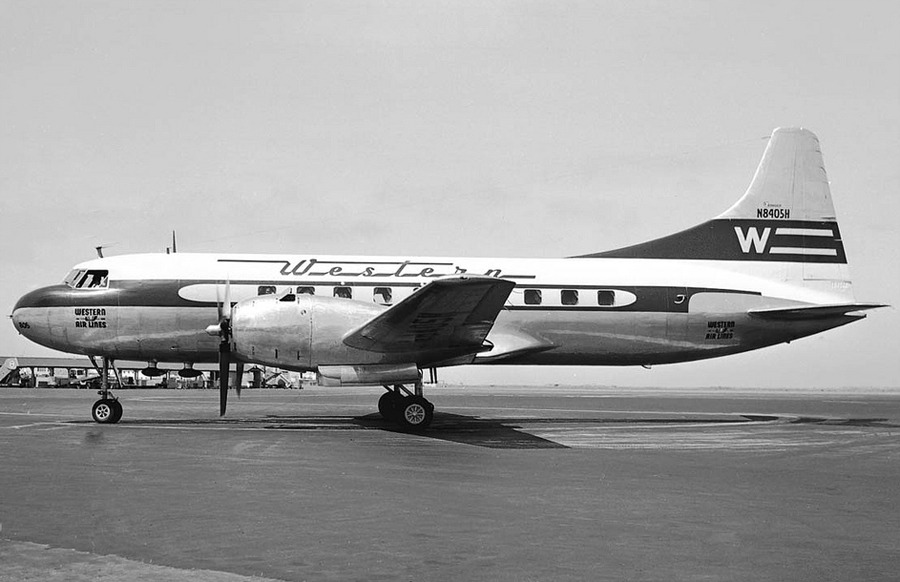Crash of a Cessna 421A Golden Eagle I in Palm Springs: 3 killed
Date & Time:
Jan 16, 1973 at 1604 LT
Registration:
N42J
Survivors:
No
Schedule:
Phoenix - Palm Springs
MSN:
421A-0185
YOM:
1968
Crew on board:
1
Crew fatalities:
Pax on board:
2
Pax fatalities:
Other fatalities:
Total fatalities:
3
Circumstances:
On approach to Palm Springs Airport, the twin engine airplane went out of control and crashed in an isolated area. The wreckage was found a day later and all three occupants were killed.
Probable cause:
Improper IFR operation on part of the pilot who conducted improper or non-standard IFR approach for unknown reason.
Final Report:





